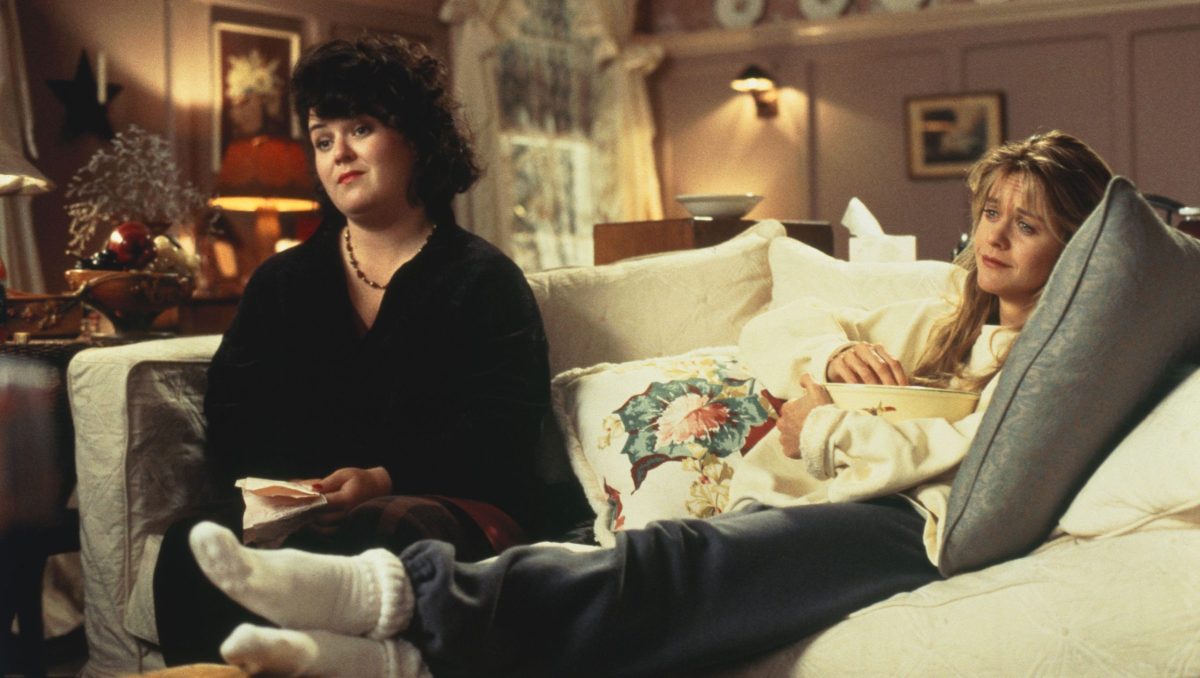
Question: Where can one find “inspiration” for creative, artistic endeavors?
What initially began as a simple collaboration between one of the Performing Arts Dance instructors and the Visual Arts Drawing and Painting instructor around the idea of “inspiration,” managed to grow into an interdisciplinary project
that involved several different departments and many students from grades 8 through 12.
Dance instructor Laura Iacuessa and Drawing and Painting instructor Kathy Rea began talking in 2009 about ways their students could collaborate on a creative project. It was decided that the Visual Arts students would design and paint silk scarves that would then be used to “inspire” color phrases and movement by Ms. Iacuessa’s dancers. The dancers would then have the opportunity to incorporate the actual finished scarves in their dance performances.
Due to some technical difficulties with the paint dyes that the artists were using, the project did not happen that year.
At the beginning of this school year, the collaboration continued and Ms. Rea began to wonder—if the dancers were to
be inspired by the work from the art students, then what could possibly help to inspire the initial work by the artists?
To help answer this question, Ms. Rea decided to meet with Head of Science Department Jennifer Garrison-Ross and Head of Math Department Chris Talone and made a request from each department for any original drawings that their students might create as part of their typical course requirements.
At the end of Quarter 1, the Science Department then submitted to Ms. Rea original drawings that were done by direct observation of various images as seen through a microscope. These included close-ups of cells from bananas, onions,
and other plants, as well as some from human skin cells. The Math Department made their contribution with “geometric constructions” that were created using rulers and compasses.
The Drawing and Painting students then looked through all the design contributions submitted by students from the other two departments, and each selected one or two designs that became the inspiration or “jumping off point” for their personal scarf design. After making some initial sketches, each art student then drew her own finished design onto a paper backing that had been ironed onto a silk scarf. Next, the students proceeded to draw the outline of their designs directly onto the scarves with a resist material called “gutta.” (Gutta is a French word meaning “fences,” so-named because this material acts as a boundary or “fence” that resists the dye so the artist can create islands of color, much the way lead surrounds colored glass in a stained glass window.)
After the students had painted all of the dye colors onto their scarves, the paper backings were removed and each scarf was ironed and gently washed to permanently set the colored dyes and the gutta. Finally, at the end of Quarter 2, all of the completed scarves (which included eighteen 14”x 60” scarves, two large semi-circle silk veils, and two pop-up silk hats) were turned over to the dancers to inspire their dance movements and creations.
The Science Department was so excited about the project that they decided to bring the creative undertaking full circle and have Physics students film the dancers as they used the scarves and then create “vector diagrams” based on those movements. (Vector diagrams can describe the velocity, acceleration, force, and momentum of a moving object during its motion.) Film and Video also got involved as one student put together a short documentary on the creative process.
Answer:
Design is all around us! Inspiration for good design can be found in the most ordinary of places, such as in the organic shapes and geometric patterns as found in microscopic plant and animal cells, or on a larger scale, in the human-made constructions of our built environment. We must learn to train our eyes and stay open to finding design possibilities in unexpected places.
So as the dancers are performing this spring on stage at Marlborough, try to guess whether their movements and the scarves they are using were inspired by the geometric construction of an equilateral triangle created by a Math student,
or perhaps by the individual cell construction drawn by a Science student after scraping the inside of her cheek!
The performance described above will take place Tuesday 4/24 at ASM.



